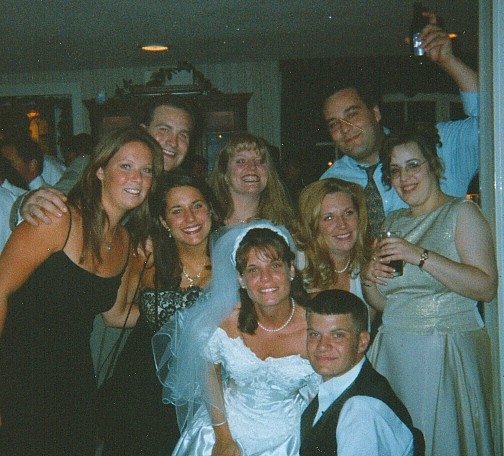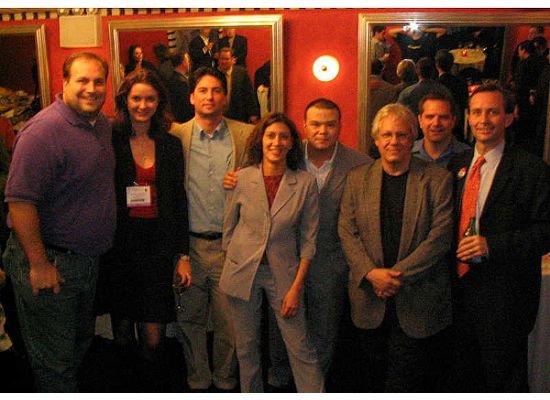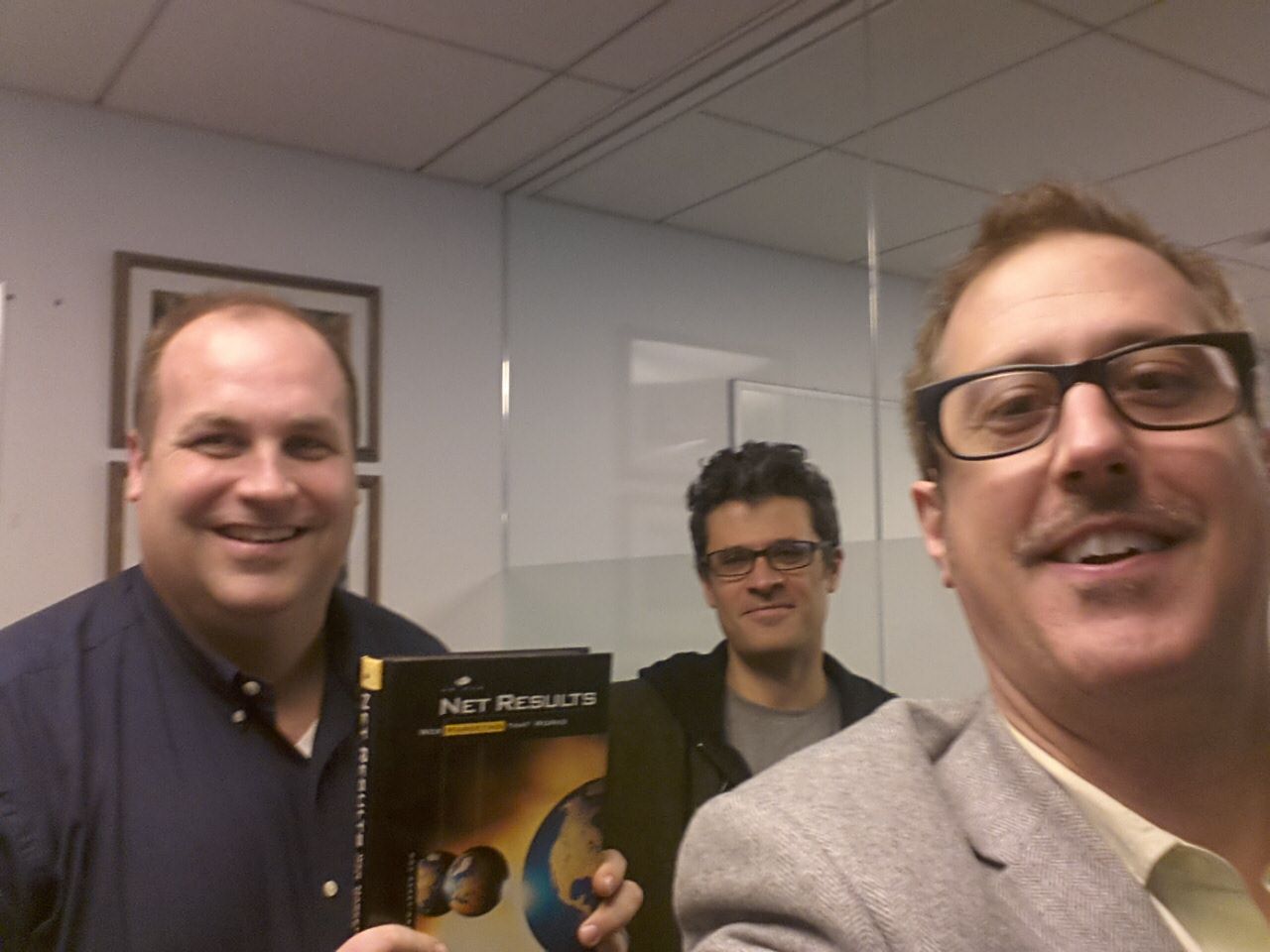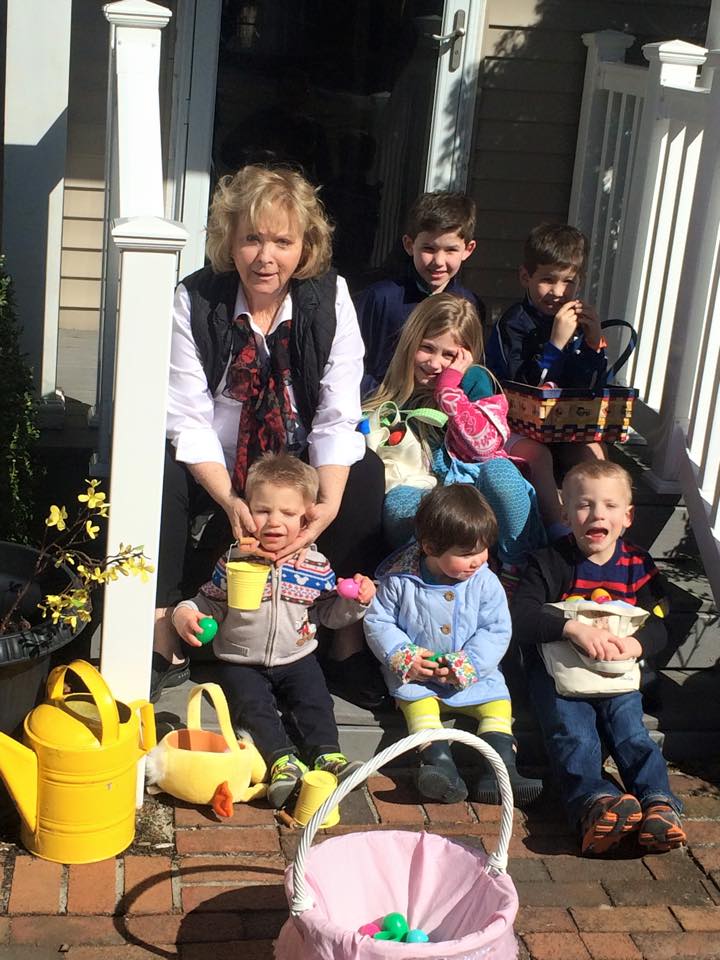Old Media Planning Habits Slow to Change
/
During the dot com boom, online media planners were convinced that the online medium had earned its place at the brand marketing table, alongside other media. The disruptive shifts in media planning were simply evidence of a rapidly-changing tide.
Post-dot com bust, we now know that these disruptive paradigm shifts don't change well-established business models overnight. Just as abruptly as it started, the dot com land grab ended in late 2000. Most brand marketers fled from the online media space upon realizing that web surfers weren't so overwhelmed with glee upon the sight of one of their ad banners that they would stop whatever they were doing, click, and buy their product immediately.
The pendulum swung the other way - big time. Many online media execs went back to traditional planning. Agencies pared back their online media capabilities until they were almost nonexistant. But instead of giving up, many faithful execs stayed behind, amassing evidence that online media had the ability to brand and that the changing media landscape would force most brand marketers to reconsider online media as a viable channel.
What we've come to discover is that inertia keeps most traditional marketers stuck in the rut of relying on the tried and true, even if the tried and true erodes to the point of ineffectiveness.
Before you proceed further into this post, read the following articles:
- iMedia - The Future of Advertising: Part II
- Mediapost - Yahoo!/Dynamic Logic Study Reveals Increase In Key Brand Metrics
- IAB.net - Interactive Ad Revenue Sets Record With Best Quarter Ever
Pay particular attention to Mr. Joe Cappo's comments about TV. They're true. It's getting so difficult to reach mass audiences through TV these days. Fragmentation has made it impossible to use TV the way brand marketers used it 20 years ago. The audience is dispersed over the wide swath of cable channels available to them now. Additionally, many consumers are spending more time with the Internet, video games and other forms of alternative media. The time they spend with alternative media eats into the time they can spend with television.
Fragmentation is the main reason why TV's effectiveness has waned significantly. I have no cite for this, but anecdotally, many TV buyers and media planners have told me that they spend much more time reconciling discrepancies and getting makegoods for activity they committed during the TV upfronts than they used to. There's less scatter inventory available during the course of the year, mainly because much of those spots are makegood spots.
So the TV marketplace has received a double-barreled dose of artificial inflation in value. TV keeps its prices up by artificially inflating demand during the upfront season (if you've ever seen the circus surrounding an upfront, you know that advertisers are being duped into thinking demand is much more than it actually is), and then an artificial decrease in supply during the rest of the year (scatter inventory sure gets scarce when the networks are running all those makegoods resulting from ratings shortfalls). Many advertisers end up paying double-digit percentage increases, even in the face of falling ratings.
At the same time, we're seeing much more evidence that online advertising is having a positive effect on major brand metrics. Take a look at the Mediapost article I referenced. In most cases, online advertising can deliver a particular audience more efficiently than television. The reason why has been touted in ads for Claria. Want to show your car ads only to people who are interested in buying cars? Well there are myriad ways to target those people online: by relevant content, by behavioral targeting across web-wide surfing behavior, by declared interest and by any of a dozen other methods.
The truth is, web advertising represents the new way to aggregate audiences and reach them efficiently. Those that are investing in the web know this. But while we're experiencing somewhat of a renaissance in online advertising, old planning habits die hard. It's those old habits that are the enemy of truly efficient media planning and buying.
Agencies and traditional media venfors enjoy a symbiotic relationship. The sellers have something to sell, and the agencies want to buy what they have to offer - not because they're interested in doing what's best for the client, but because doing things any other way threatens their profits. Buying traditional media is easy. You make a recommendation to the client, get it approved, purchase the media and let it run. If there are any shortfalls, a post-buy analysis reveals that and the planning and buying crews secure their makegood weight and let that run. That's about it.
On the interactive planning side, launching the campaign is just the beginning of the work. Campaign maintenance is the true chore. Online planners and buyers spend a good deal of time optimizing their buys - canceling media that doesn't produce a positive branding effect or efficient direct response and reallocating those media dollars to media that do work. In order to continually improve the impact of media dollars spent, suddenly agencies have to have expertise in this campaign maintenance process in order to do what's best for the client.
But as I said, old habits die hard. You would expect marketers to flee the traditional space and allocate a greater percentage of budget to online media. Instead, inertia keeps them from doing so. With their agencies encouraging them to do so, marketers continue to spend heavily in the television channel. Agencies do this because they know how to make money off of television. They make less money when they invest in online.
Thankfully, this situation can't last forever. But it may take a major marketer losing market share across a number of brands for some enterprising VP of Marketing to draw a line in the sand, proclaim they can't lose any more market share to the decreased reach that television is currently providing, and revamp his marketing process.
If you're a marketer and you're reading this, take a look at your 2003 post-buys for television. Did you get what you were supposed to when you committed dollars to the upfront? Did you achieve the reach and frequency goals your agency set for you at the beginning of the year? How did your scatter Cost Per Points compare with those in years past? What did your actual flights look like, as compared to the flowcharts submitted at the beginning of the year? How long did it take your agency's TV buyers to make good all of the weight that fell short last year? Are you still running 2003 makegoods this quarter? If the answer to any of those questions is unsatisfactory, read on...
Now, take a look at online. Are you covering all the areas online in which people are actively seeking out your product or products in your category? Have you seen competitive online ad tracking reports so you know what your competitors are doing online? Has your agency run reach and frequency scenarios that include online so that you know what online can do to contribute to your reach goals? If the answer to any of these questions is "no," consider being the hero that steps up and proclaims that the broadcast model is broken. Take a stand for your brand and do the right thing.
